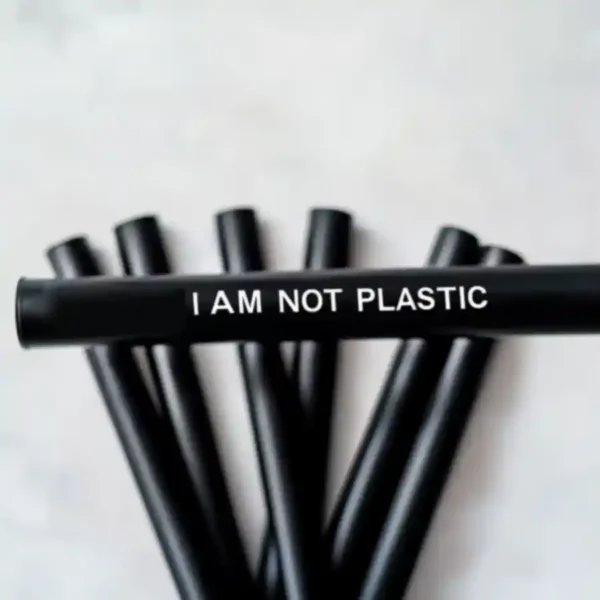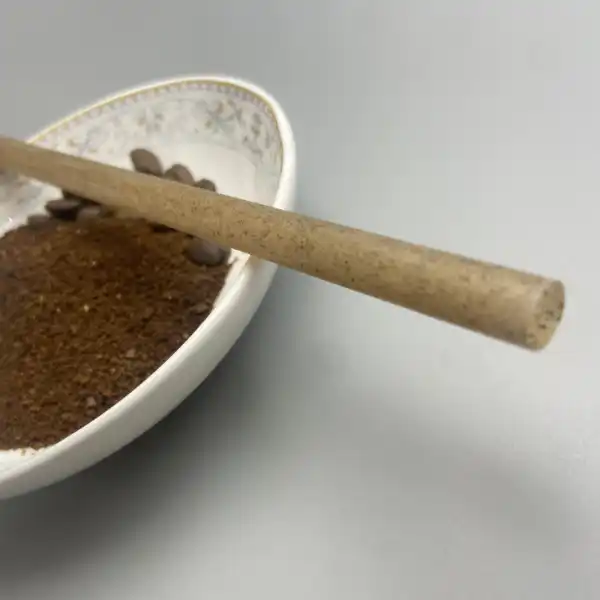ভূমিকা
In the journey toward a sustainable future, biodegradable and compostable materials have emerged as essential alternatives to traditional waste. While often used interchangeably, these terms refer to distinct processes and outcomes. Understanding their differences is critical for businesses and individuals aiming to make informed decisions for environmental impact reduction.

What Are Biodegradable and Compostable Materials?
বায়োডিগ্রেডেবল ম্যাটেরিয়ালস
Biodegradable materials can break down into simpler compounds through natural biological processes involving microorganisms like bacteria and fungi.
Key characteristics include:
- Timeframe: No specific timeline for decomposition.
- Residues: May leave behind residues such as microplastics.
- Environmental adaptability: Breaks down in diverse environments, including landfills.
- Examples: Paper, food scraps, some plastics.
Learn more about biodegradable materials and their applications।
Compostable Materials
Compostable materials, on the other hand, decompose into non-toxic natural elements such as water, CO₂, and nutrient-rich organic matter under specific conditions.
Key aspects include:
- Timeframe: Decomposes within a defined period, typically 90–180 days, under industrial composting.
- Residue: Leaves only beneficial organic components, such as fertilizer.
- Conditions: Requires heat, moisture, and microbial activity for proper breakdown.
- Examples: Certified compostable packaging, food waste.
Discover how compostable packaging aligns with sustainability on NatureBioEco’s compostable product page।

Key Differences Between Biodegradable and Compostable
| Feature | Biodegradable | কম্পোস্টেবল |
|---|---|---|
| পচন | No defined timeline; varies by material and environment. | Specific timeframe under controlled conditions. |
| Residues | May leave behind microplastics. | Breaks down completely into organic compost. |
| পরিবেশগত প্রভাব | May cause pollution if not managed correctly. | Positive impact, creating nutrient-rich compost. |
| Certifications | No strict standards or certifications. | Certified by organizations like BPI and ASTM. |
For businesses considering eco-friendly solutions, compostable materials are ideal for products like food containers. Explore compostable sugarcane food trays for a sustainable option.
Advantages and Challenges
Advantages
- Reduced Waste: Both options decrease landfill contributions.
- Nutrient Recycling: Compostable materials enrich soil with organic compost.
- Support for Circular Economy: Encourages sustainable production and disposal practices.
Challenges
- Infrastructure Gaps: Limited industrial composting facilities in some regions.
- Greenwashing Risks: Misleading claims about material biodegradability.
- Higher Costs: Initial expenses for compostable certifications and materials.
How to Choose the Right Material
- Purpose: Select compostable for short-term use (e.g., disposable utensils) and biodegradable for products needing longer durability.
- Disposal Infrastructure: Ensure local access to composting facilities for compostable materials.
- Certifications: Verify claims with trusted labels like BPI Certified or OK Compost.
For businesses exploring packaging options, কাস্টমাইজযোগ্য আখের খড় offer certified compostability and a practical solution.

Best Practices for Disposal
- Segregation: Separate biodegradable and compostable materials to avoid contamination.
- Proper Facilities: Use industrial composting systems when available.
- Education: Train employees and educate customers about correct disposal methods.
Check out NatureBioEco’s waste management guide for tips on handling compostable materials.
FAQs
- What are biodegradable materials made from?
Biodegradable materials are typically made from plant-based or synthetic compounds designed to decompose naturally. - How do compostable materials differ from biodegradable ones?
Compostable materials require specific environmental conditions to decompose fully into organic compost, while biodegradable materials may leave microplastic residues. - Can all biodegradable materials be composted?
No, only certified compostable materials meet the criteria for composting. - What certifications should I look for?
Look for certifications like BPI, ASTM D6400, and EN 13432 to ensure the product meets compostability standards. - Where should I dispose of compostable materials?
Compostable materials should be placed in industrial or home composting systems, not regular landfills. - Do biodegradable materials leave residues?
Yes, some biodegradable materials may leave harmful residues or microplastics if not properly degraded. - What are the limitations of compostable materials?
Compostable materials require specific conditions for decomposition, which may not be available everywhere. - Are compostable products more expensive?
Yes, due to certification requirements and production processes, compostable products often come at a higher price.
উপসংহার
Both biodegradable and compostable materials provide viable alternatives to traditional plastics, offering a pathway toward sustainability. By understanding their differences, advantages, and challenges, businesses and consumers can make informed choices that align with environmental goals.







